Meet Luis Garcia.
He sold his first company for 7 figures before his 28th birthday.
He used to build social media accounts to over a million followers and then sell them off like real estate.
He’s mastered the art of selling from social. He started in the army while serving in Afghanistan.
The war was on and yet in the trenches he was building his social following and selling online.
Imagine if Chet Holmes was born at a time when social media was available and he could have been selling from social? Luis is a perfect demonstration of The Ultimate Sales Machine next generation.
I brought him in for this week’s CEO Mastery Show to teach you:
- How to Grow A Following of Buyers Online
- The Biggest Mistakes Salespeople Make Trying to Close Deals on Social Media
- 80% of prospects want to discuss details over Social Media today, How to Setup Your Social Media Page for Sales
- The 4Cs to Gaining Millions of Followers and Closing Over 7 Figures in Sales.
- Want to know what’s keeping you from doubling your sales in the next 12 months? Take our quick QUIZ to get answers: Howtodoublesales.com
- If you’d like to have a profound breakthrough in your business, schedule your breakthrough call with a LIVE expert here: Chetholmes.com/Breakthrough
- Claim your FREE chapter 4 from the top 10 most recommended marketing and sales books of all time! Visit: Ultimatesalesmachine.com to find out how you Create 9X More Impact from every move you’re already making to win clients!
TRANSCRIPT:
[00:00] Amanda Holmes: This is the new paradigm for a salesperson. It’s how you’re creating that culture and this content about what you sell to them right now to build that credibility with your prospects so that it’s easier to purchase.
[00:24] Hello everyone. Amanda Holmes here, CEO of Chet Holmes International. I have with me Luis Garcia today because there’s something that I get very often. Do you ever wonder “Am I spending so much time on social and I’m not generating an ROI?” or “How do I even use social media platforms to generate business? Maybe it’s not even possible.”
I wanted you to talk about that because Luis is an expert at this. So just to give a little bit of a backstory really quickly, I first met him as he was growing social media pages. And then selling them like real estate. Before anybody thought that that was even possible, you were doing that. And I loved that as selling over seven figures doing this.
So it wasn’t sound like, Oh, I sold that page for 10K. You were making a million followers and then selling it off. So his ability to create. I’m not going to give it away just yet, but to be able to sell in a way that the next generation is looking to buy, which is very different from what a lot of the businesses that I work with. They’re trying to figure out how does a millennial want to buy versus a baby boomer for instance?
So my first question for you is can you give an example of, oh, this is how I can close a bigger deal. Let’s say –
[01:38] Luis Garcia: Like a six, seven-figure deal? Okay. So there’s a few things, but before we get into the conversion of it, the biggest thing you have to understand is community.
So whenever you’re trying to create a social media audience, regardless if it’s for a skincare line, a personal brand, a quote page, whatever it is, you have to understand what community is and how to build a community. So there’s – the few weeks ago about this – now with community, there’s one big thing that you have to understand nowadays social media and social media changes rapidly.
What worked five years ago does not today or two years ago, does not work today. What worked last week – there’s probably a new thing, like a reel or something that you have to adapt to in order to continue to facilitate that community and also build upon these next few pillars, but then the community that we can discuss. So one of the first things is culture.
What is culture? Culture is the personality and tone that you set for your brand and your page and your audience. So what does our audience look like? What do we want to set the tone for? Are we in an aggressive audience? Are we an aggressive community? Are we a passive-aggressive community? Are we more about activism? Are we more about plant-based eating?
What are we and what does that tell them and sound like? Before it used to just be, “Hey, let me just pull some cool little pieces of content.” And he posts my dog and he posted this cupcake and he posts the night out with the girls or the guys or whatever it is. And you would garner some sort of following off that, but it was more because the platform was so fresh and because the platform was so fresh, we were trying to figure out how to navigate the platform and how to utilize it best.
But now in this age where people are familiar with these platforms already and they were ready to develop some sort of an understanding of how to grow their pages, now it becomes a culture thing.
So we had to build a culture first, and then through building the culture, you start increasing your brand equity.
So how do we increase our brand equity and the culture? Well, there’s a few things. One, while you’re building a culture, you already established a hierarchy there. They already know like, Hey, I’m the subject matter expert in this area and I’m leading our voice in this area.
[03:48] Amanda Holmes: That’s interesting. So I shouldn’t post about a whole bunch of different things, like whatever I like in my life.
[03:55] Luis Garcia: No, unless this is your brand.
So, and even with lifestyle brand and you see a bunch of Youtubers doing a lot of lifestyle brands pranks and so on and so forth. They post random things that make sense for their audience and their culture.
So if I’m doing a YouTube prank series, there might be a bunch of random things. I might be at the movie theaters. I might be in Dubai. I might be at my mom’s basement. It can be completely random, but it’s all relative to the culture. Exactly. So. It’s about creating culture.
[04:21] Amanda Holmes: So you, I like how you do this. So your content is based on three concepts, right?
[04:25] Luis Garcia: So, it’s four. The 4Cs.
[04:28] Amanda Holmes: Well I was talking about leadership, self-mastery, personal –
[04:32] Luis Garcia: Personal content. So my personal content is very much about leadership and ownership. The other side of it is self-mastery – it’s understanding yourself and understanding the people around you and how to adapt to certain environments and mindsets.
And then it’s just also about giving and helping and building other people and empowering. So we do this in various forms. I can do this with quotes, which I’m very well known is having a quote page. But it becomes deeper than quote, it becomes a way to shift your perspective. It’s not just a fortune cookie quote that I’m like, oh, that’s great. It’s more of a perspective shift, a gut punch, a realization or epiphany if you will.
[05:08] Amanda Holmes: Okay. I love this and I want to tie this back. So, when it comes to superstar salespeople, a research study was done and a regular typical salesperson, which is why three out of four salespeople are ineffective at their jobs.
It’s because they spend the least amount of time building rapport and the most amount of time trying to close the sale. But what I love about you is you’re building that culture. So you’re spending most of your time building rapport and then building a rapport is the content that you’re creating and the engagement of creating a culture and what you’re about to get to.
So this is, this is the new paradigm for a salesperson is how you’re creating that culture and this content about what he’s talking about right now to build that credibility with your prospects so that it’s easier to purchase. So keep going.
[05:53] Luis Garcia: And it becomes a seamless sales process at that point because that’s the beauty of it.
It’s way easier to close a deal now. Now, I can make an Instagram post. “Hey guys, I’m mentoring or here’s my service that I’m offering.” I’ll get flooded with DMS, and then it becomes less of a sales process, more of a guiding process. So I’m not selling you anymore. You, the moment you need, you already committed to the sale.
I’m no longer selling you. There’s not a pressure sell technique. This is not. “Hey, this is your ultimatum. Hey whatever.: We’re not doing any of that anymore. Now it becomes a “Here’s what I’m offering. Here’s the price point.” I’m more trying to filter you out than I am trying to accept you. So when you come to my page and my idea is, “are you a good fit for us?”
It doesn’t become, “am I a good fit for you?”
[06:34] Amanda Holmes: And talk about the – so every sales person is, you know, commission breath, trying to get the sale, trying to get the sale. How would you like to be that person where you’re in control? And you’re saying yes or no, right? That’s the ultimate strategic position.
[06:49] Luis Garcia: In order to establish the – here’s the other thing – if you’ve established a good culture, but you’ve established we’ll get into which is a four Cs establish that, and you’ve done this and perfected it. They should have no problem selling six figures, five figures, seven figures in your DMs.
I’ve done it countless times. I’ve done it where I’ve brought in a client. I made a post. Within five minutes. I have a flood of DMs, I respond to two, three of those DMs, I close five-figure deals, all day, 10,000, 20,000, whatever it is. And then once they’re in the five to 10 or 10,000, 20,000 range, then it becomes an upsell. And the upsell is so much easier now because they’ve already sold themselves on my brand, which is why they’re on my page, which is why they DM me. So I don’t have to build rapport. It was already built.
You already understand my thought process and how I process information and how I think they’ve already resonated with.
So I’ve been doing years of rapport-building before they even DM me. So now when they DM me, it’s not a conversation if they want this. It’s more of a “Can they afford this?” and “Are they a good fit for me?”
[07:54] Amanda Holmes: And I also want to back this up with more market data. You know me, I love market data – it’s way more motivational than product data. Okay. So 80% of B2C buyers today would rather discuss something on social than talk to a sales person. So this completely aligns with what you’re saying that they would rather just text rather – don’t call me, just text me. Right?
[08:12] Luis Garcia: And here’s the big mistake that some people do on DMs who are a little bit more familiar with sales, they fire those sales. What does that mean? That means they’ll sit here in a minute. So idea if they get super excited and they send them a freaking encyclopedia on their sales pitch, which is complete opposite of what you want to do.
They’ve already sold themselves. Why overkill the sell? Right? So a lot of people will send and I’m guiding myself where I watch people attempt to pitch me and I’m like, okay, let’s see what happens here. And they’ll send me paragraphs on paragraphs of why I should work with them, why they’re important, their article magazine links, their testimonial links, and I’m like, Hey bro, like I was already here. You didn’t have to do all of that.
I was already like comfortable with our vibe and with your content, all you had to do was say, “Hey, 1, 2, 3, do you want to do that?” And this is what I do now. So I’ll make a post. They’ll DM me. It’s not for everybody. I warn everybody immediately. This is not for everyone. I don’t want everyone here. Second thing is, this is the price point, and this is the term.
This is the duration of my service or whatever it is that I’m offering. And now you get to agree to it or not. Once you agree to it, now I become defensive and I say, but are you a good fit for this? Okay, you’ve agreed to it. You want it now? Do I want you? So it becomes this filtration process. So if you are in sales and you’re watching this and you’re a CEO, you understand that every client is not the client for you.
You understand that all money is not good money. So just because you accepted the money, you accepted the client, doesn’t mean that it’s going to be the right fit for you and your team.
So what do we do as CEOs? We try to filter out people, whether it’s surveys or questionnaires or whatever to ensure that these people are the right people. On social media, you have to have some sort of filtration process because I immediately go into invoicing right after they’ve agreed.
So in order to have that cushion, I’ll say, Hey, is this you? And does this make sense? Are you committed to this? If you’re not, leave me alone, that’s fine. You can be a follower, gain community talking in there, but this is not for you. So once they’ve agreed, I immediately send out an invoice and the deal was closed. It’s 5 6, 7 figures.
[10:17] Amanda Holmes: I love it. Okay. So let’s dive into those four Cs. So, tell me what are your four Cs?
[10:22] Luis Garcia: So the four Cs now, I’ve adjusted and adapt to them throughout the years. So now, it’s culture. It used to be content, but content is not as powerful as culture now. Culture is the biggest seat in this entire process, then it becomes consistency.
So once you’ve established a strong culture of tone, personality, what you want your audience to feel, and act, and look like. Now with the consistency, because repetition is key. After years and months, or months or years of creating this consistent culture, now that they’re bought in and they’re sold and that becomes a cult-like following.
I know everyone hates the word cult. I hate the word cult but it becomes, and this is what you actually want as a CEO. You want a cult-like following, which is short for culture, right? So once you’ve created this cult-like following. Then it becomes consistency. And then it goes into community, right?
People screw this up so much. When you’re creating a community, people don’t understand what a community actually is. This is one of the biggest, like breakthroughs for some CEOs that I talked to who are trying to garner community.
The biggest issue with people in the community and the term community is they believe that a community is a number. A community is not a number. A community can be two or more people.
Now, with that two or more people, it’s not a, “Hey, I have 10,000 people following me or two people following me”, it’s “I have two people working together to exchange value.” So when I’m in this community, my Instagram page, my social media pages, aren’t my pages. My pages are a platform for my community. So when people come to my page, my focus isn’t how many people can directly engage with me and how many people can I directly engage with?
My purpose is how do I get these people now all to exchange value and opinions and create an actual community? Because what is a tribe? A tribe is everyone’s working together. I’m a potter. You’re a farmer. You bring me food, I’ll give you a pottery. Right? And we exchange this value, which then creates our community.
[12:16] Amanda Holmes: I love this about him.
One thing that you always say that I love is like, this is our page. So go ahead and share what’s your business, what do you do, tag someone else that would also, so then I can share your information. I’m sharing it as well. Let’s create, let’s get, let’s get to the top together.
[12:34] Luis Garcia: Exactly. And here’s another big piece that a lot of people screw up – it’s pride and ego.
When you have the social media page, people tend to put themselves on a high horse. This is our page. This is our brand where this huge company or whatever.
And the way the world works now, people don’t like the big, bad company. I’m not going to give my dollar to the big bad company. I’m going to give my dollar to the company who understands that people and are for the people. And we’re going to share this dollar and this dollar is now going to become amplified with everyone else’s dollar because now, I feel like putting my dollar with your dollar and now, we’re matching. Versus you’re this big, bad company that no one can approach. And you’re using your page just to sell, push these sales down people’s throats.
Now it’s about what is your mission? What’s your mission statement? We used to talk about these things in a traditional market setting, and let’s say 10, 20 years ago, and it seems to be the biggest thing, right? Our mission and everything else. But when you start implementing your mission, it really becomes more for your employees versus your customer.
And we – some of the bigger companies have done this well, like Nike or Starbucks, something like that, they’ve been able to implement their mission and culture to – What is that company? It’s a sneaker company that they create – Toms. So Toms, I believe it was Toms. Toms are great where they became a mission-focused mission-driven. Your page has very much operate the same way. If you guys don’t know Toms –
[13:58] Amanda Holmes: And I also want to back that up with another piece of market data that 63% of millennials are looking for impact-driven companies are willing to reward you if you have that. And when COVID shut everything down, the number one biggest issue for medium-sized businesses became ESG. The world shut down and everyone gained a conscience.
ESG is Environmental and Social Governance. That’s what’s been important for CEOs. That’s Biden put billions of dollars towards companies that are environmentally friendly or socially justice, you have Black Lives Matter movement. Right? All of this is important. So having those values and portraying them on social media and then get getting others to be a part of that conversation is so crucial.
I love everything that you’re saying. Where do people find you?
[14:49] Luis Garcia: So they can find me on Instagram at @lawofambition. They can also find us on our website, lawofambition.com or nosympathyforthelazy.com, which is another thing that we implemented in our coaching.
Real quick. Last C, I just want to touch in on this.
The added C. So I want to make sure that they get the C. Once you’ve built up a culture, consistency, and community. The last thing is conversion, which is which is where your audience is.
So then the conversion is two-part. The conversion is conversion and retention. So not only do we want to get the sale, we want to maintain a sustained itself for long periods of time and increase our LTD as much as possible.
When you’re creating this brand equity and you create this culture and you’ve created this awesome community, you have a stellar product that you deliver for your client, maybe over-delivered. Hopefully, you over-delivered for your client. Now their retention rate is going to skyrocket because you’ve built this cult-like audience.
And not only are you going to bring in people there, but your referral rate is also going to increase with this. So I’ve had people come to me saying, “Hey, such and such recommended me because you did such a great job and I’ve been following your page and I love your page now.” And they follow the same system that we’ve already created. And now our retention rates are high. My referral rates are high and my conversion rates are even higher without doing as much work to sell.
[16:06] Amanda Holmes: That is fantastic. Last piece. Can you share a bit, I don’t think anybody promotes Ultimate Sales Machine more. I mean, I hear people say I promote it all the time and talk about it, but you’re the one – you have the most tagged Ultimate Sales Machine.
Like what’s been the biggest value that you’ve repeatedly refer?
[16:28] Luis Garcia: So the biggest thing about Ultimate Sales Machine that really struck me when I first read it years ago, this was right during or right after I came home from deployment in Afghanistan, I was like, I need to learn sales. I need to learn something else.
And one of the first books that I picked up and I admitted to you is that I actually read. I didn’t read many books growing up. I’d probably read the Harry Potter series or something like that, or you know, mandatory things from school, but all my own, I’ve never really went into the self-development route.
And the first book I picked up, most people pick up a book like Think and Grow Rich or Rich Dad, Poor Dad. I read Ultimate Sales Machine and chapter four got free download. Chapter four stood out the most and this was how to become a strategist. The biggest thing about chapter four was your dad explained beautifully how the best CEOs that he’s known or met aren’t just strategists or aren’t just tacticians. They’re a hybrid of both.
So my entire life’s mission was to become a hybrid CEO. It was like, how do I implement strategy and implement being a tactician. And the biggest thing. In order to be good at both, I had to understand the process of being in the trenches and what my sales teams were going through, what my day-to-day operators were going through.
And then I also have to understand what it looks like from a bird’s eye point of view and practicing that and trying to implement that as much as possible was a game-changer for me. That increased my sales, increased everything because not only did I think as a sales person, but I also thought as a consumer, and not only did I do that, I stepped back even further.
And thought okay as a whole, what does this look like across my business? Am I setting up my salesperson for the best sales position or a sales pitch that you could possibly have? Am I implementing the core story? Am I implementing these emotions and statistics and combining them into that hybrid in order to actually have a powerful core story or stadium pitch?
And that was a game-changer for us.
[18:23] Amanda Holmes: I love it. I really do believe I watch what you do on social very closely, because I feel that you, you are like what my father would have been if he had grown up in our era, because you just – the strategic mind that you have for social is very indicative of like this book. Like I’m like, oh, that’s – that you are Ultimate Sales Machine new edition next generation.
[18:49] Luis Garcia: No. I’m honored to even be compared in that category by far. Your father is the reason why I’m probably this good at what I do now. And I would even go as far as saying he’s directly impacted that, but even through his book directly impacted that.
So I’m really appreciative of that. And yeah, thank you so much.

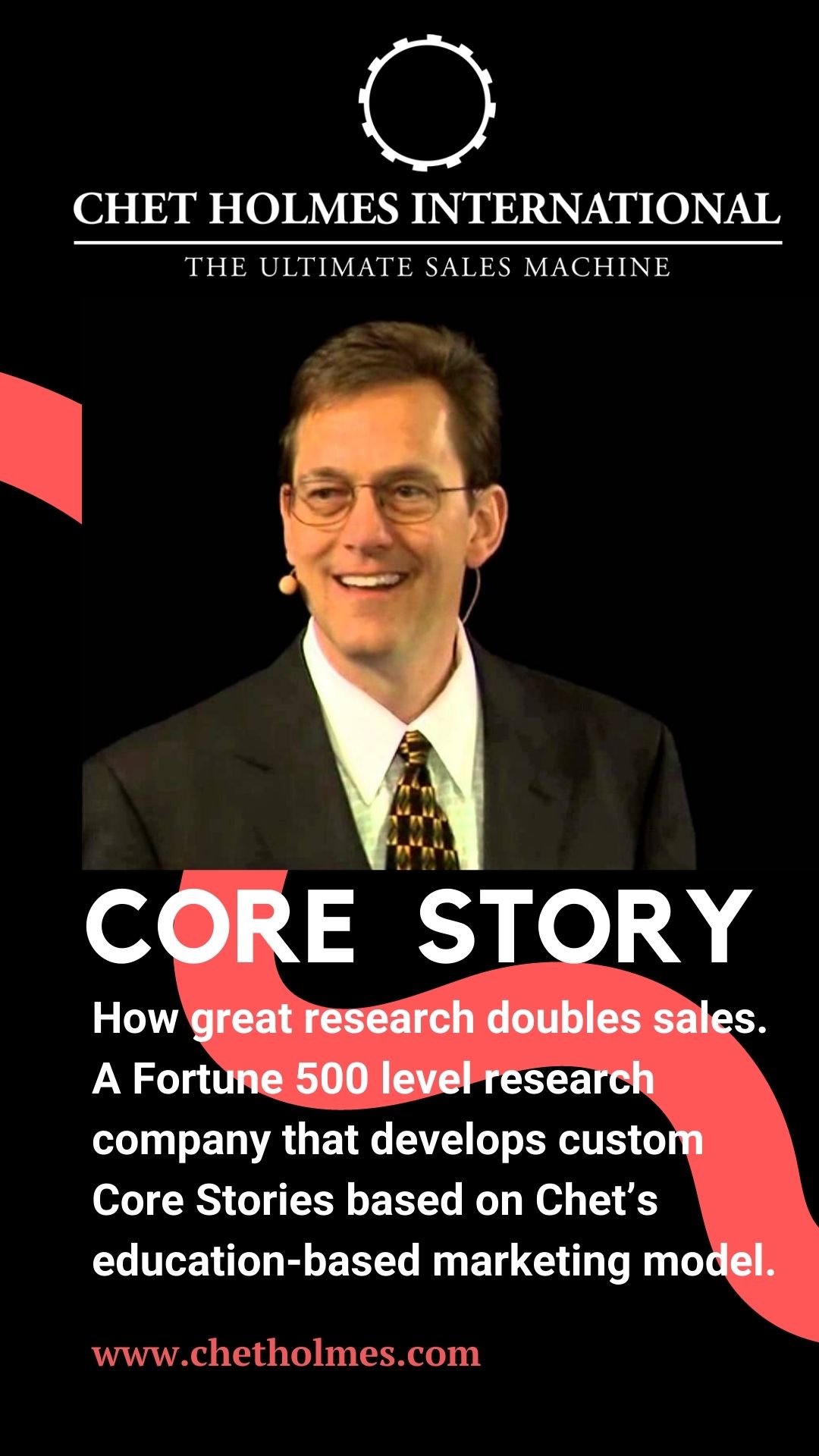
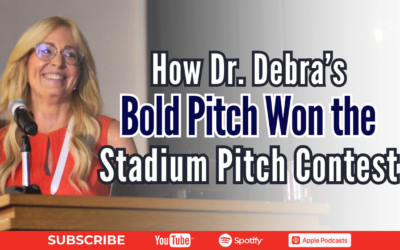
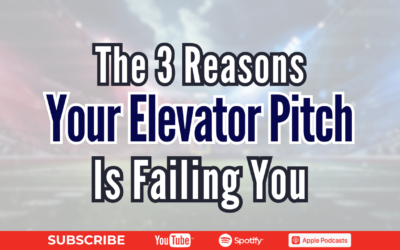
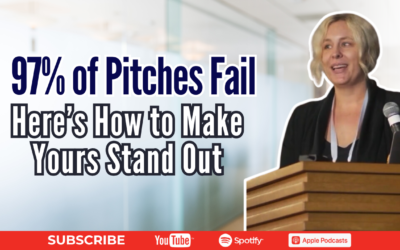
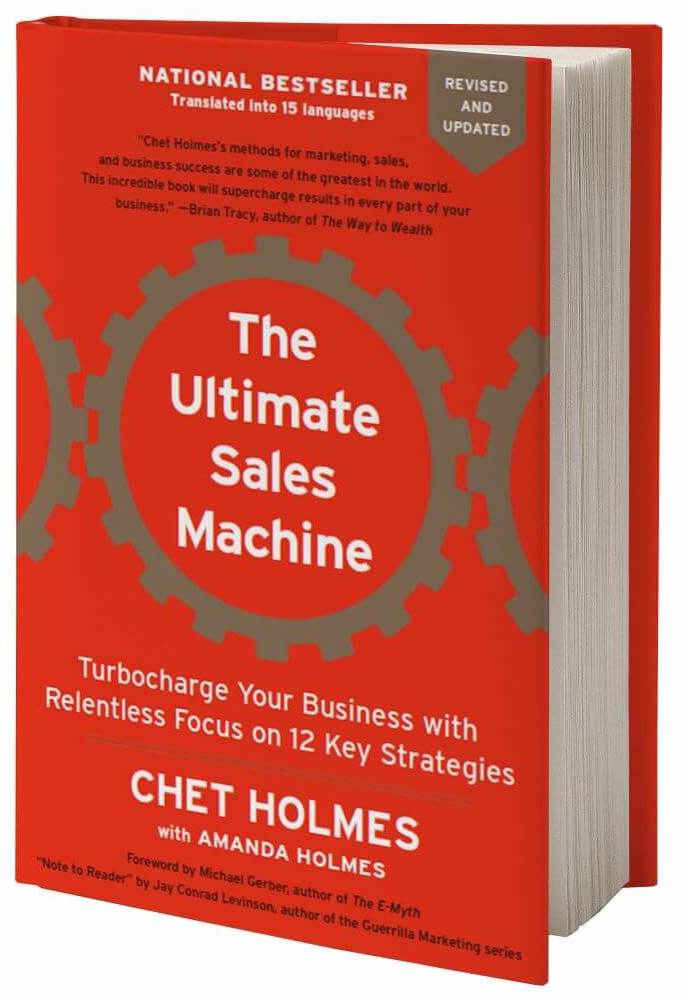 Get your pre-sale copy of the new edition of The Ultimate Sales Machine! (With special limited time bonuses)
Get your pre-sale copy of the new edition of The Ultimate Sales Machine! (With special limited time bonuses)
0 Comments